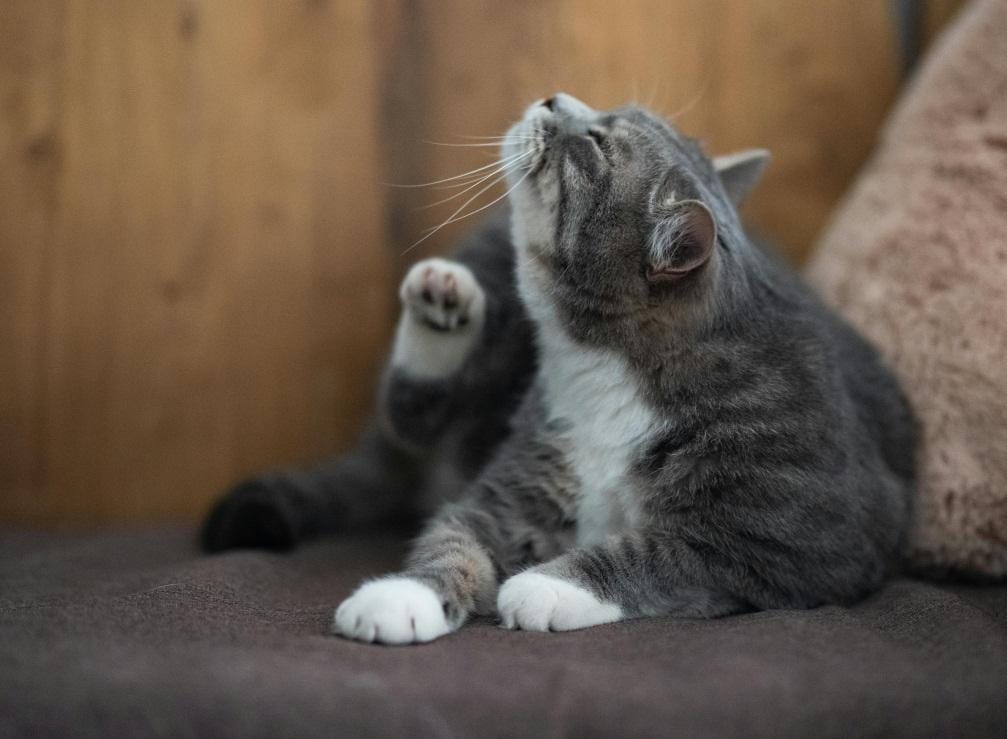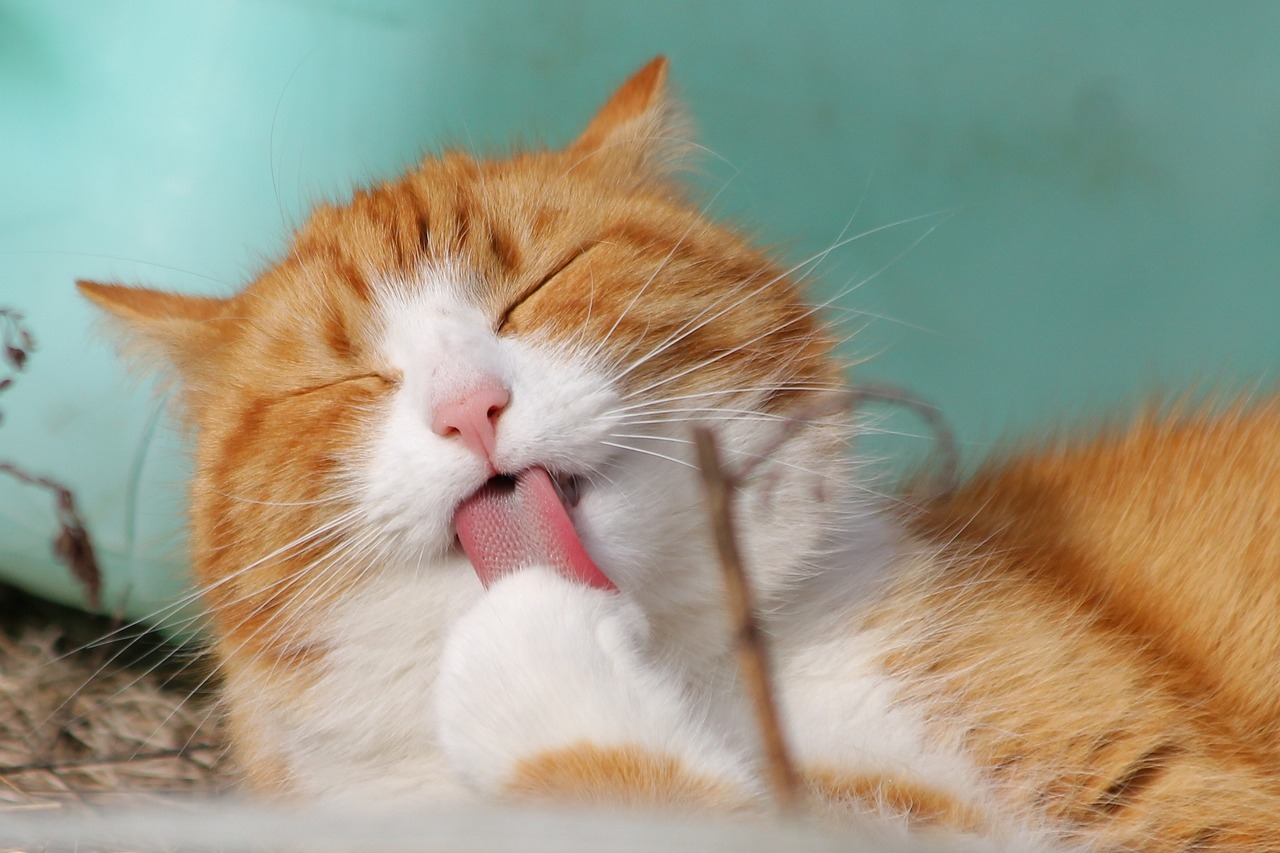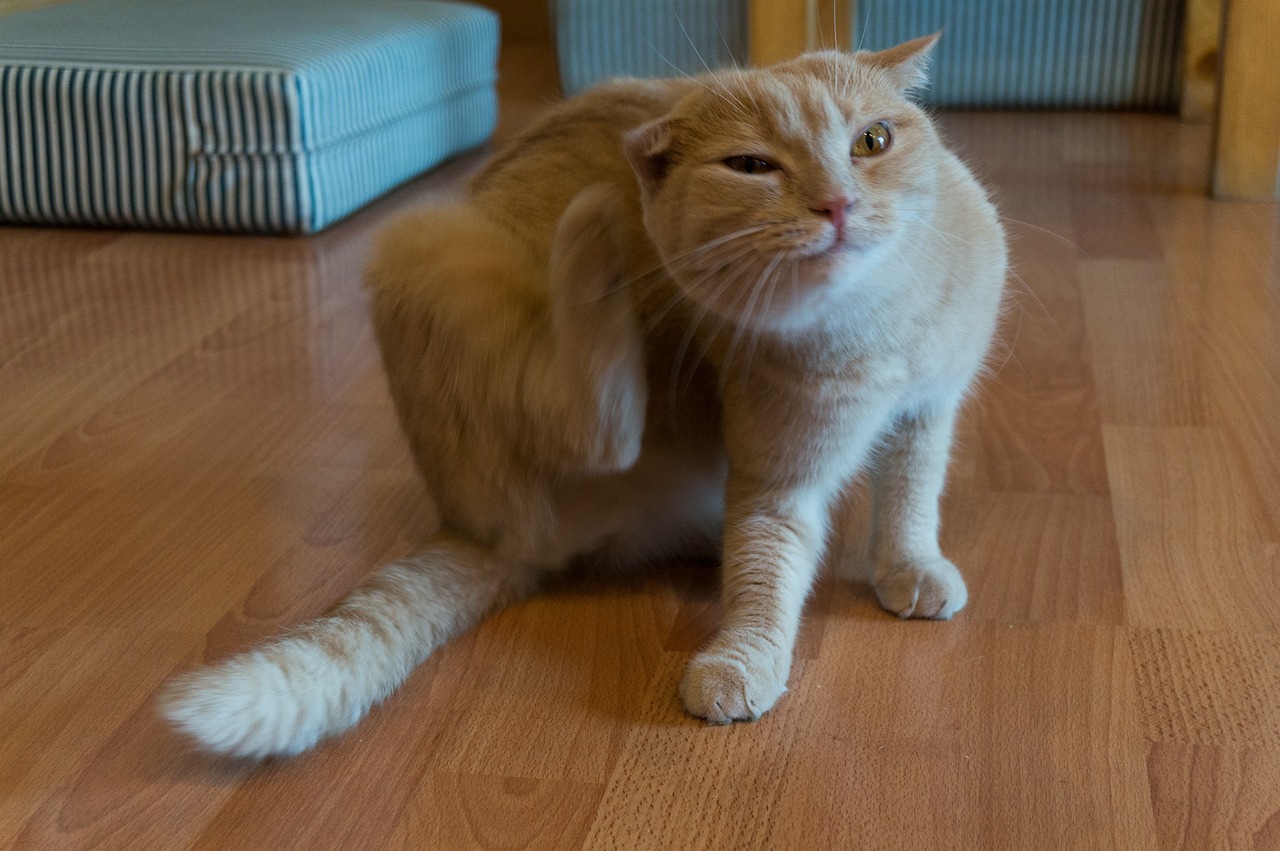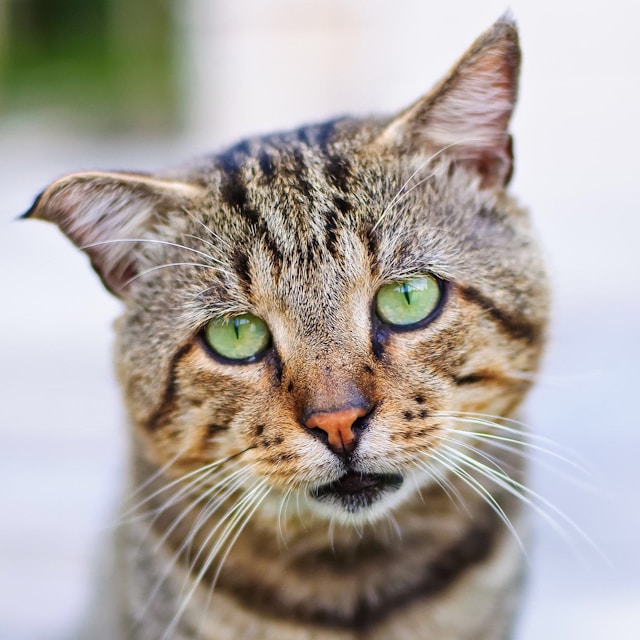American Shorthair Cat
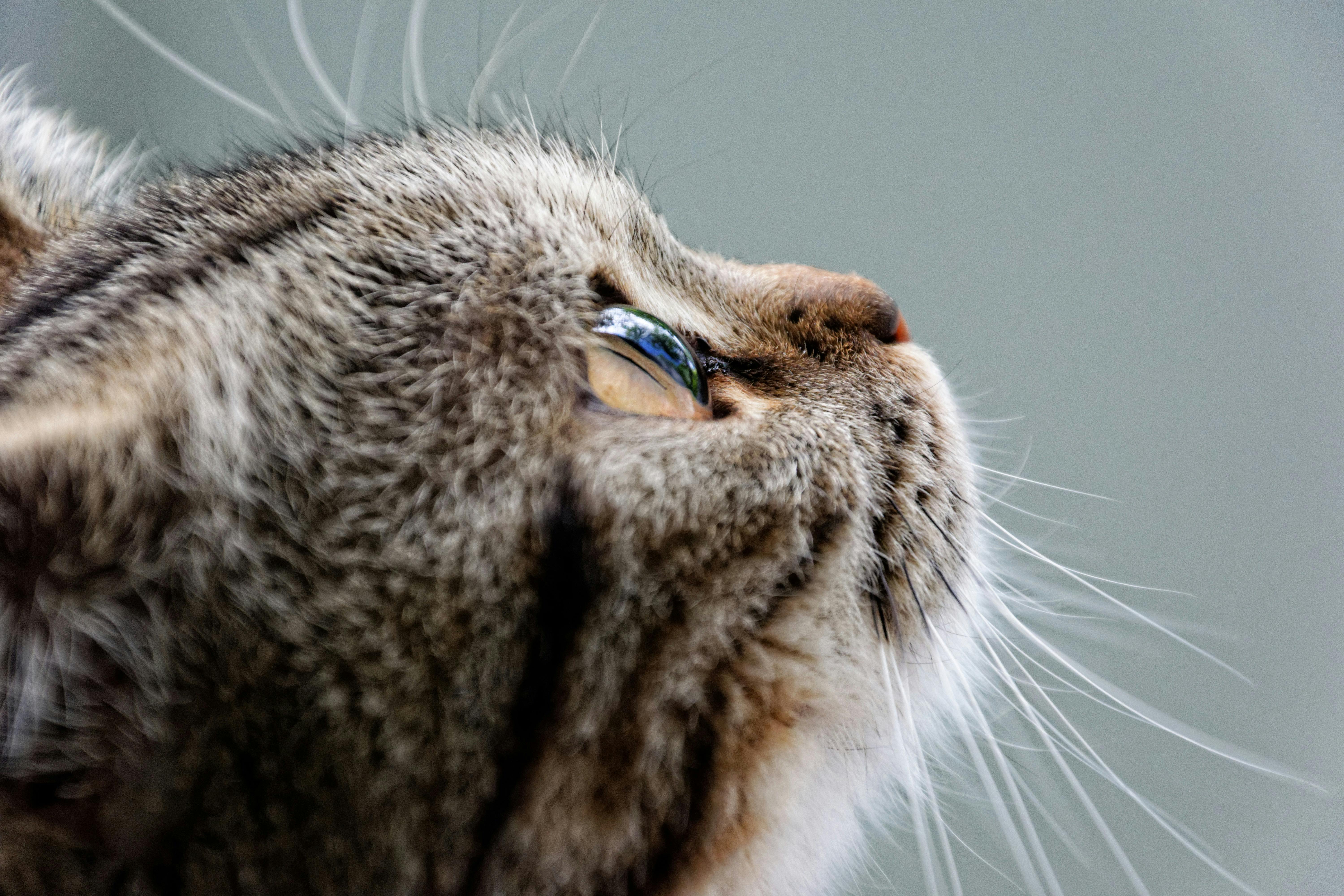
| OFFICIAL NAME | American Shorthair |
| COMMON NAME | American Shorthair |
| PET HEIGHT | 8 to 10 inches |
| PET WEIGHT | 10 to 15 pounds |
| LIFESPAN | 15 to 20 years |
| GOOD WITH | cats, children, dogs, families, seniors |
| TEMPERAMENT | affectionate, bold, friendly |
| INTELLIGENCE | high |
| SHEDDING AMOUNT | normal |
| PLAYFULNESS | medium |
| ENERGY LEVEL | active |
| VOCAL LEVEL | when necessary |
| COAT LENGTH | short |
| COLORS |
black/ebony, blue/gray, chocolate/brown/sable, cream/beige/tan, red/orange, white |
| OTHER TRAITS |
easy to groom, easy to train, friendly toward humans, friendly toward other pets, social toward strangers, good for first-time pet owners, good lap cat, high prey drive, strong loyalty tendencies, tolerates being alone, tolerates being picked up |
The American shorthair cat is known for its short and thick fur. These cats came to America a very long ago on a ship called the Mayflower to keep away mice and rats from grain crops. People chose and raised these cats because they were good at hunting. But as time passed, their compact bodies and colorful fur started to catch the eye of people who wanted a pet. These cats are friendly, brilliant, and loving, which makes them even more popular with Americans who want them in their homes.
American Shorthair Appearance
These breeds were designed and shaped to be the perfect rodent exterminator. They have compact bodies, broad chests, strong muscles, powerful jaws, and thick necks, which makes them great hunters with round faces and ears that are short, making them a classic model of catlike gorgeousness.
They belong to medium to large-sized breeds having a dense and thick coat that has a knack to extend in winter but needs only minimum grooming. They come in various colors such as red, cream, white, silver, blue, cameo, black, chinchilla, and golden, with different patterns such as shaded, bicolor, calico, smoke, solid, tabby, tortoiseshell. Even with these vast choices, the most usual color patterns are silver and brown tabby.
Their eye color conforms to their coat color, comprising gold, green, hazel, copper, blue, or an eye with a different color. These breeds are relatives of domestic Shorthair, but American shorthair purebreds all have the same physique.
American Shorthair Personality
These adorable and loving pets were initially raised to hunt mice and rats. But they make perfect pets as they enjoy being with their human family and do not mind being carried by younger children. They can also be great buddies due to their relaxed, curious, and gentle personalities.
American shorthairs like getting attention but are not pushy about it and usually don't make much noise. Even though they enjoy socializing, they can be independent and don't always need constant attention.
American Shorthair Living Needs
American shorthair cats are very adaptable and can live comfortably in various places. They originally lived on ships and farms, so they were happy in apartments or houses. They also suit perfectly in homes with kids, seniors, other pets, or those living solo. They enjoy playing and chasing things since it is their nature to hunt. They also love to climb on cat trees or relax by the window in a sunny spot. And when they are done playing, they will be contented napping on the bed or sitting on their owner's lap.
American Shorthair Care
These breeds are best at looking after themselves, given their short fur. It will be easier for their owners to care for them. Brushing once a week, trimming their nails twice a month, and brushing their teeth regularly will maintain their well-being. It will help you acquaint your cats with their grooming routines while they are still young, i.e., kittens, to have a calm and positive experience.
American Shorthair Health
These breeds' lifespan are long, which is between 15-20 years, and they do not have many health problems. But of course, like any other cat breed, there are some issues to look after, such as heart problems and urinary tract disease. And even though they have short fur, they can still have hair and skin issues like dandruff or dry and irritated skin. If you notice any changes in your cat, please bring them to the veterinarian for a thorough examination.
American Shorthair Exercise Requirements
For these breeds to be in tip-top shape, they require some exercises.
Since they love to play, you can provide them with toys and play fetch. They also enjoy toys that move and make noises or a food puzzle. A 10 to 15-minute play or exercise two times a day will be enough to keep them healthy.
American Shorthair Training
Engaging these breeds with activities that will make them happy and mentally stimulated is essential. Since they are bred to hunt, you can provide toys similar to mice or birds, which can mimic prey. These toys help kittens learn and let adult cats express their natural hunting instincts. Wand toys with lures that resemble prey animals are also a hit with these cats, making playtime a fun hunting experience.
American Shorthair History
The breed of Shorthair dates down to the Roman Empire during the 10th century, and they eventually scattered all over Europe and were called British Shorthairs that were exceptional in hunting rodents. They are the ancestors of American Shorthairs that went across the Atlantic Ocean. Their role was to keep the ships and the settlers in the United States free from rats and mice. Compared to their British relatives, they were developed to be smaller and excellent at hunting and controlling rodents from barns and homes.
In 1906, American Shorthairs were among the first five cat breeds to be officially accepted and were called Domestic Shorthairs. However, in 1965, their name was changed to American Shorthair to clarify that they were a distinct breed from other non-pedigreed short-haired cats commonly found in the United States.
American Shorthair Fun Facts
The famous writer Mark Twain loved cats, and he had some that looked a lot like American shorthair cats in old pictures. He once jokingly said that if you mixed a man with a cat, it would make the man better but the cat worse.
You might have seen American shorthair cats in ads, like the Royal Canin cat food commercials and the board game Cat-poly.
But these cats didn't get called "American shorthair" until 1906. Before that, they were known by other names.
Get insurance plans with wide-ranging coverage options








